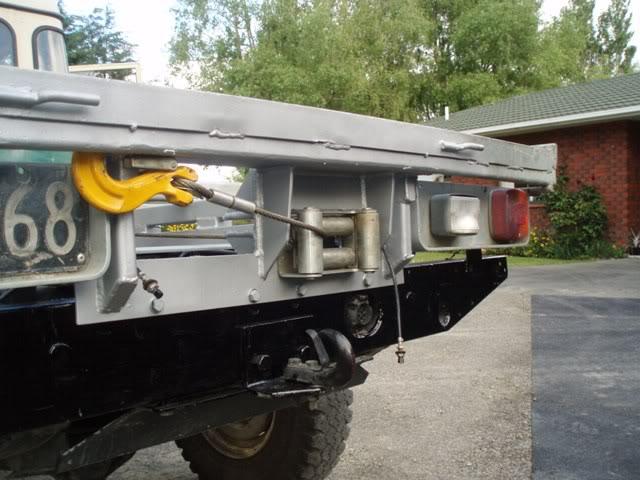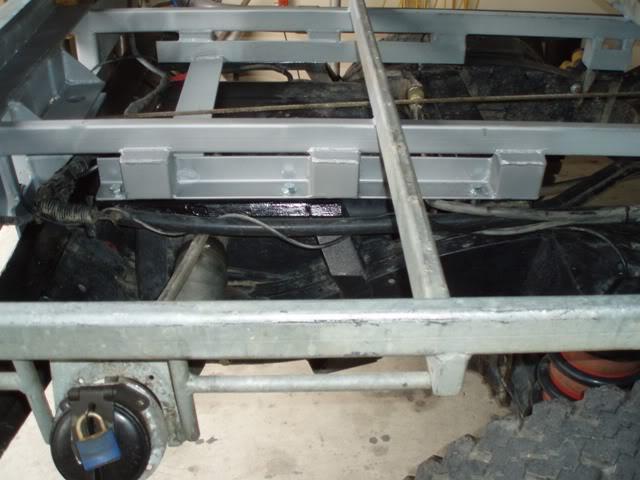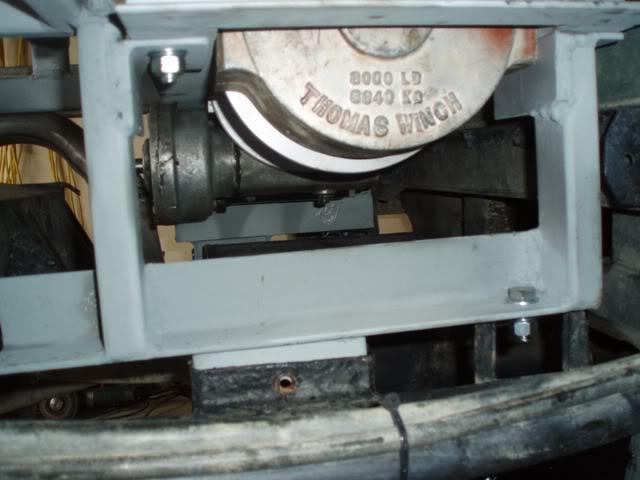landrover chassis are not designed to flex because landrover can build decent offroad suspension.
fozzys got a long split in a weld on the chassis and the handling is very very odd when you have chassis flex.
Chassis flex is usually reserved for vehicles that have a c section chassis.
heres a test
grab a piece of thin steel shim or cut a section out of a coke can fold it and then repeatedly bend and unbend the shim. What happens?
think thats a good idea for a chassis?
no, me either.



 Reply With Quote
Reply With Quote
 The noise would drive me nuts!
The noise would drive me nuts! 

 there is some flex but not much
there is some flex but not much 



Bookmarks